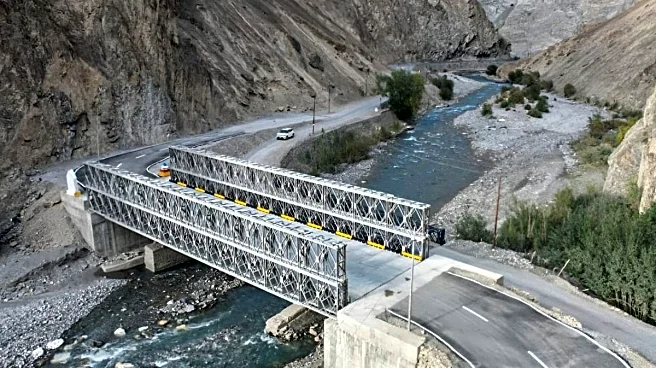The Cabinet Committee on Economic Affairs (CCEA), chaired by Prime Minister Narendra Modi, has approved the establishment of 57 new Kendriya Vidyalayas (KVs) across the country under the civil sector.
These schools will cater to the educational needs of children of the increasing number of Central Government employees.
The total estimated cost for setting up the 57 KVs is about Rs 5,862.55 crore, to be spent over a period of nine years starting from 2026-27. Out of this, around Rs 2,585.52 crore will be used for building and infrastructure, while about Rs 3,277.03 crore will go towards operational expenses. Significantly, as part of the National Education Policy (NEP) 2020, these new schools will, for the first time, include Balvatikas—three years of foundational stage (pre-primary education).
The Kendriya Vidyalaya scheme was first approved in November 1962 with the objective of providing uniform educational facilities across the country, mainly for the children of transferable and non-transferable Central Government employees, including Defence and Paramilitary personnel. To implement this, the “Central Schools Organization” was created under the Ministry of Education.
The process of opening new KVs is ongoing. The Ministry of Education and Kendriya Vidyalaya Sangathan (KVS) regularly receive proposals from sponsoring authorities, such as Central Government Ministries, Departments, and State/UT administrations. These sponsoring authorities put forward requests based on the needs of their regions. At present, there are 1,288 functional KVs, including three located abroad in Moscow, Kathmandu, and Tehran, with a combined student enrolment of around 13.62 lakh as of June 30, 2025.
The new approval of 57 KVs comes in addition to the earlier sanction of 85 KVs. Together, this expansion reflects the high demand for KVs across the country and aims at balanced growth across regions. Of the newly approved schools, 7 will be sponsored by the Ministry of Home Affairs and the remaining 50 by State and UT authorities.
This latest approval covers 17 states and UTs, with a focus on areas that were previously left out. Of the 57, 20 schools will be opened in districts where no KV currently exists despite a large number of Central Government employees. Additionally, 14 will be set up in Aspirational Districts, 4 in Left Wing Extremism (LWE)-affected districts, and 5 in the North-East and hilly regions.
The implementation of the project will involve creating administrative and teaching posts as per KVS norms. Each full-fledged KV, which runs from Balvatika to Class XII, accommodates about 1,520 students and requires around 81 staff members.
With the establishment of 57 new KVs, a total of 86,640 students will benefit, and around 4,617 permanent jobs will be created. Moreover, construction and related infrastructure work will generate additional employment opportunities for skilled and unskilled workers.
Under NEP 2020, a large number of KVs have already been upgraded as PM Shri schools, with 913 KVs designated as such. Kendriya Vidyalayas remain among the most sought-after schools in India due to their quality teaching, modern facilities, and innovative pedagogy.
Demand for admission to Balvatika and Class I in these schools continues to rise each year, and KV students consistently perform the best in CBSE board examinations compared to other educational systems.
With this expansion, the government aims to spread quality education to states and regions that have been underserved in earlier phases. At the same time, the proposal ensures wider coverage in high-demand areas with a significant population of Central Government employees, while also strengthening access to education in aspirational, geographically challenging, and socially critical districts.



/images/ppid_a911dc6a-image-175931093270166175.webp)



/images/ppid_a911dc6a-image-175907687176539702.webp)

/images/ppid_a911dc6a-image-175914708217280337.webp)

/images/ppid_a911dc6a-image-17590586305253953.webp)

/images/ppid_59c68470-image-175905253447490773.webp)
